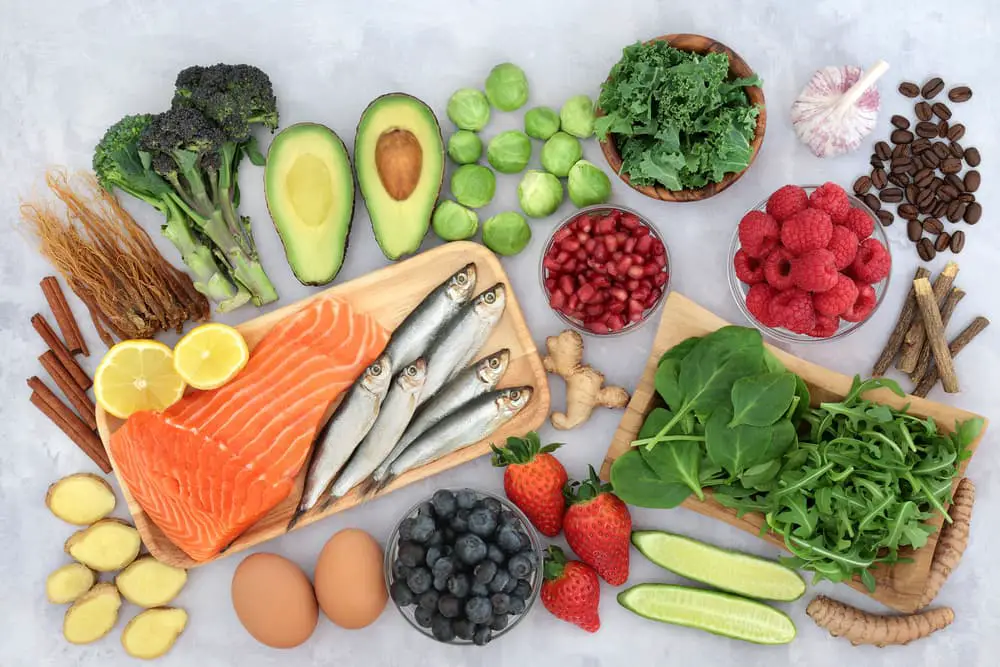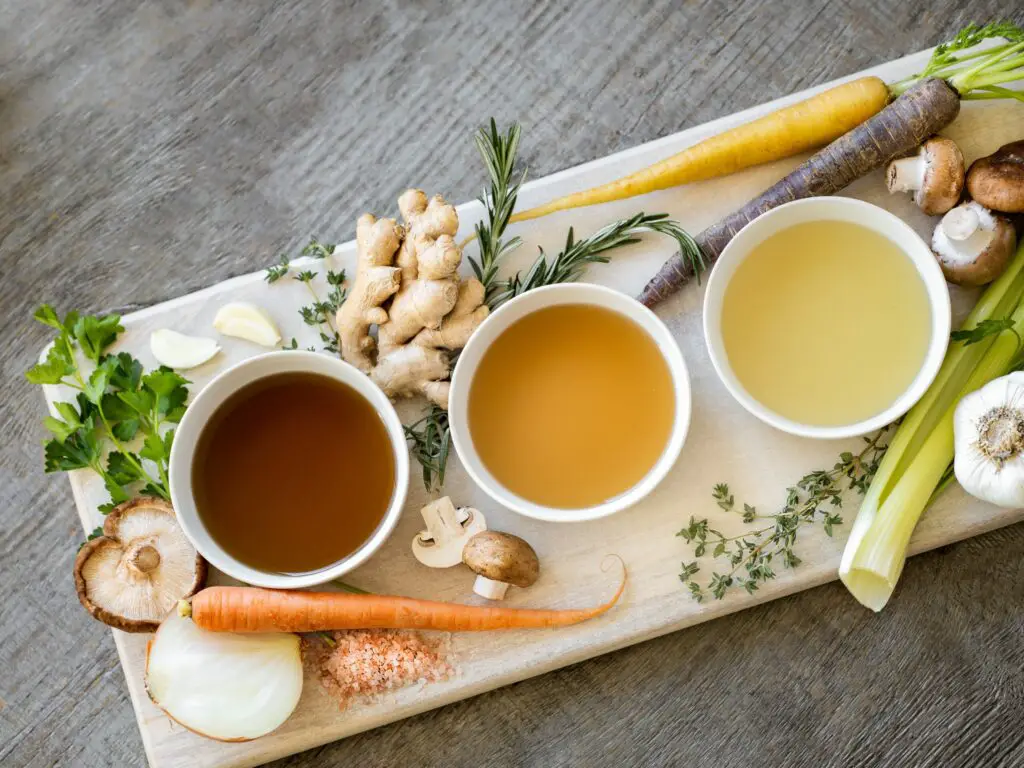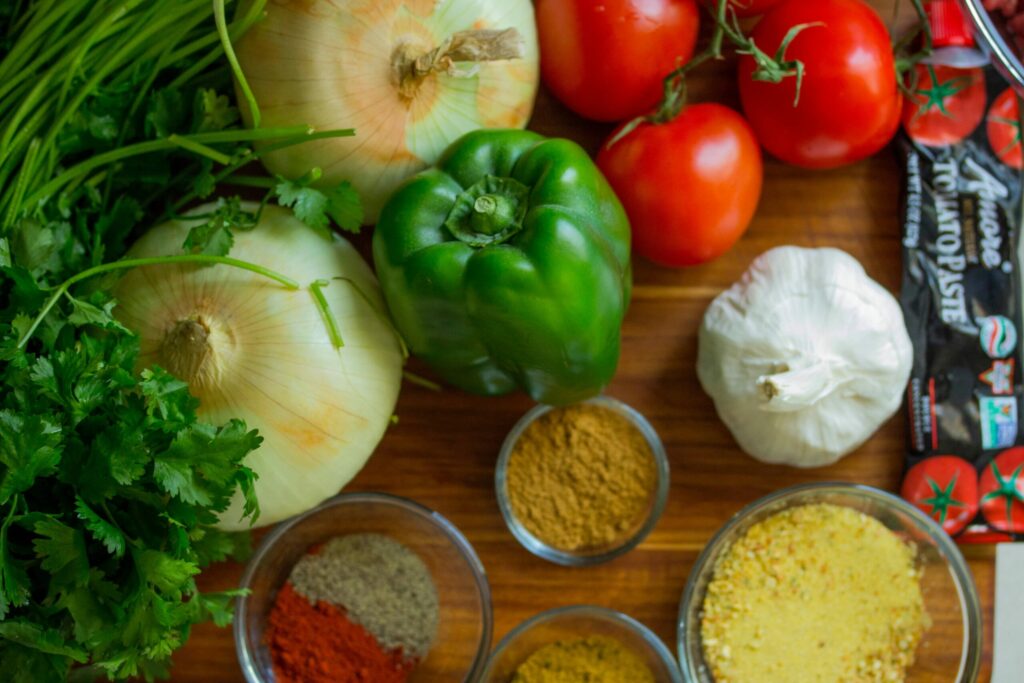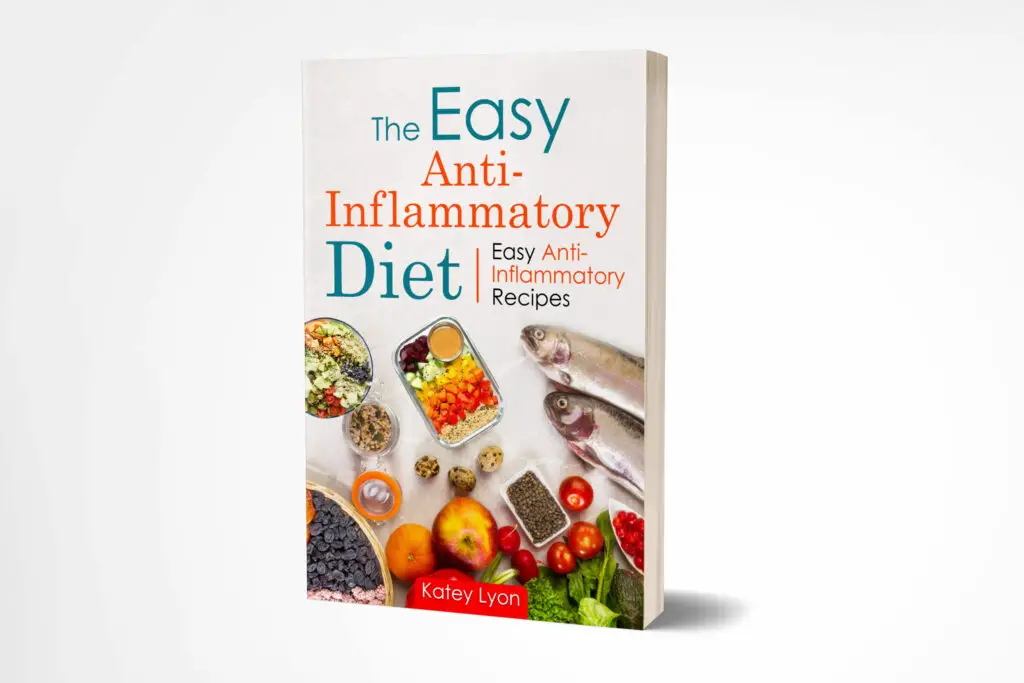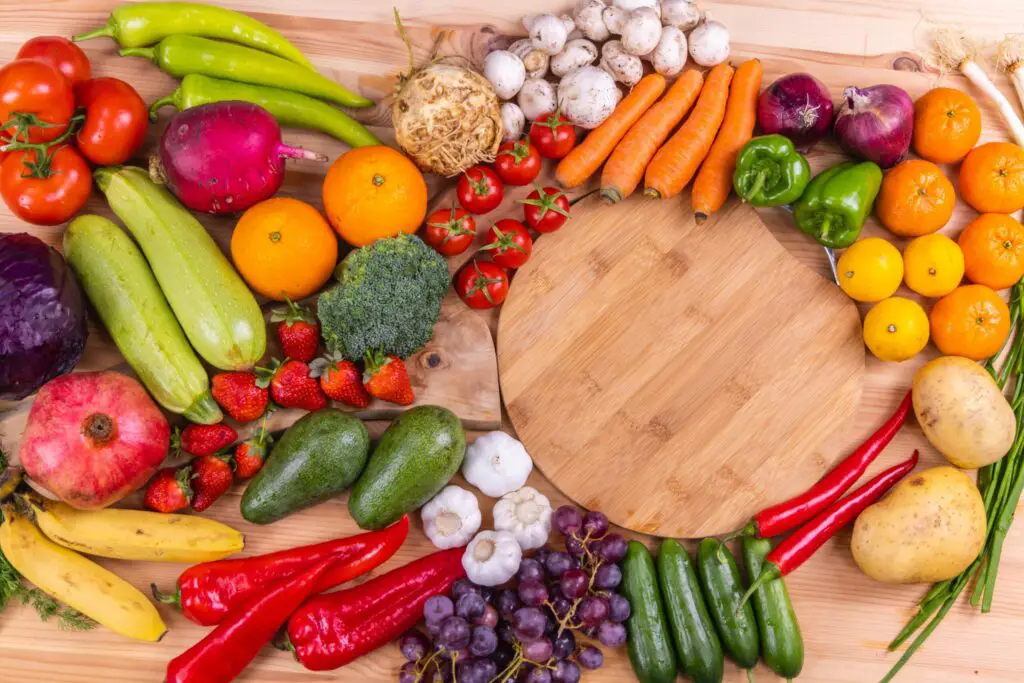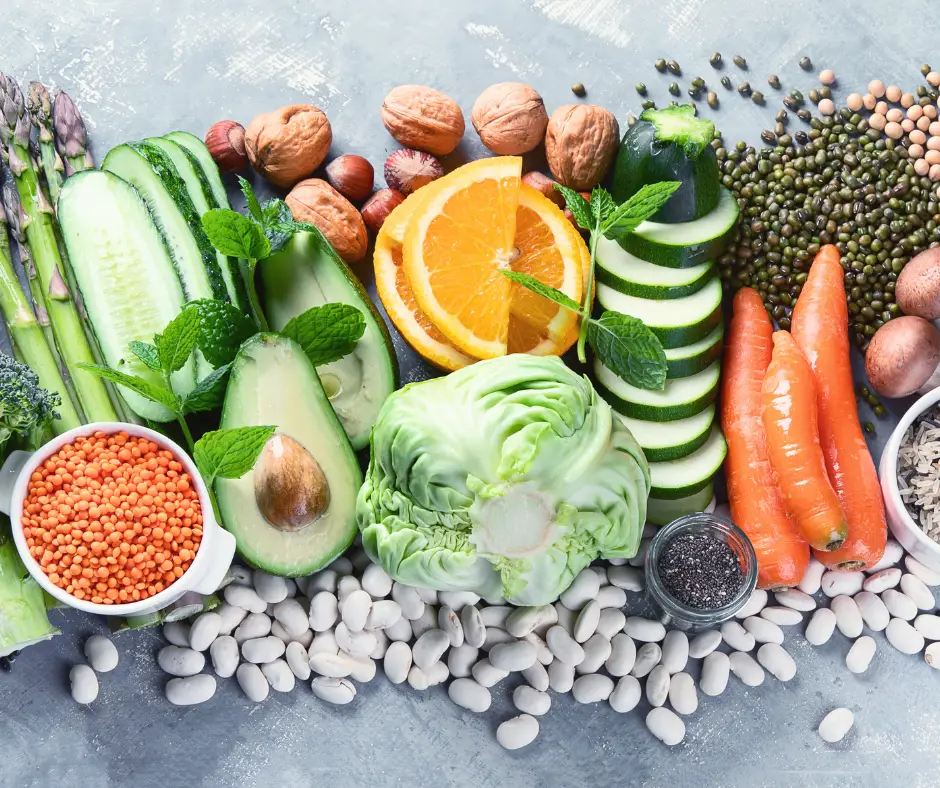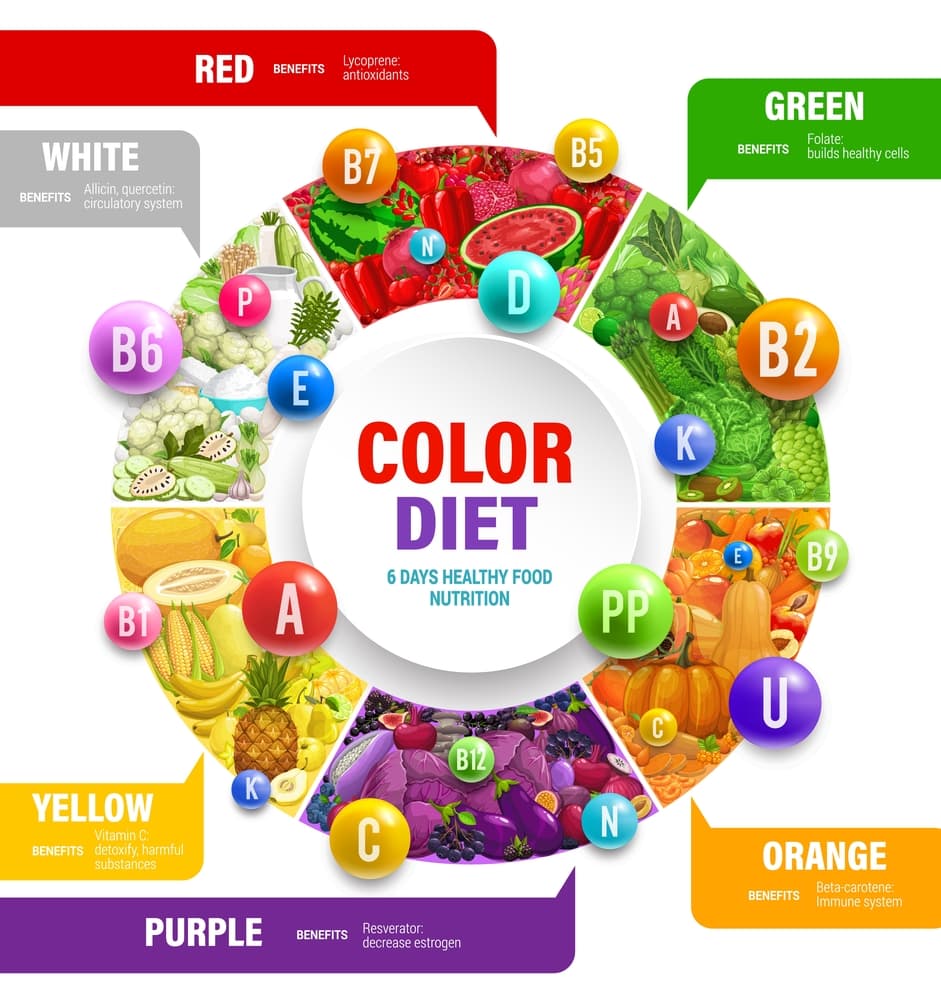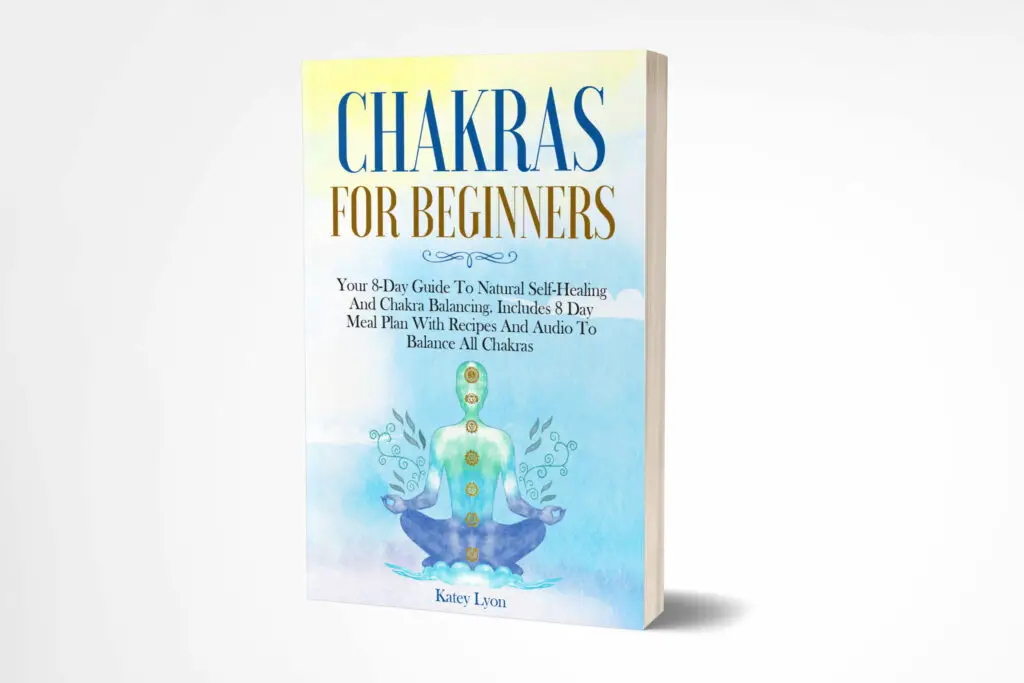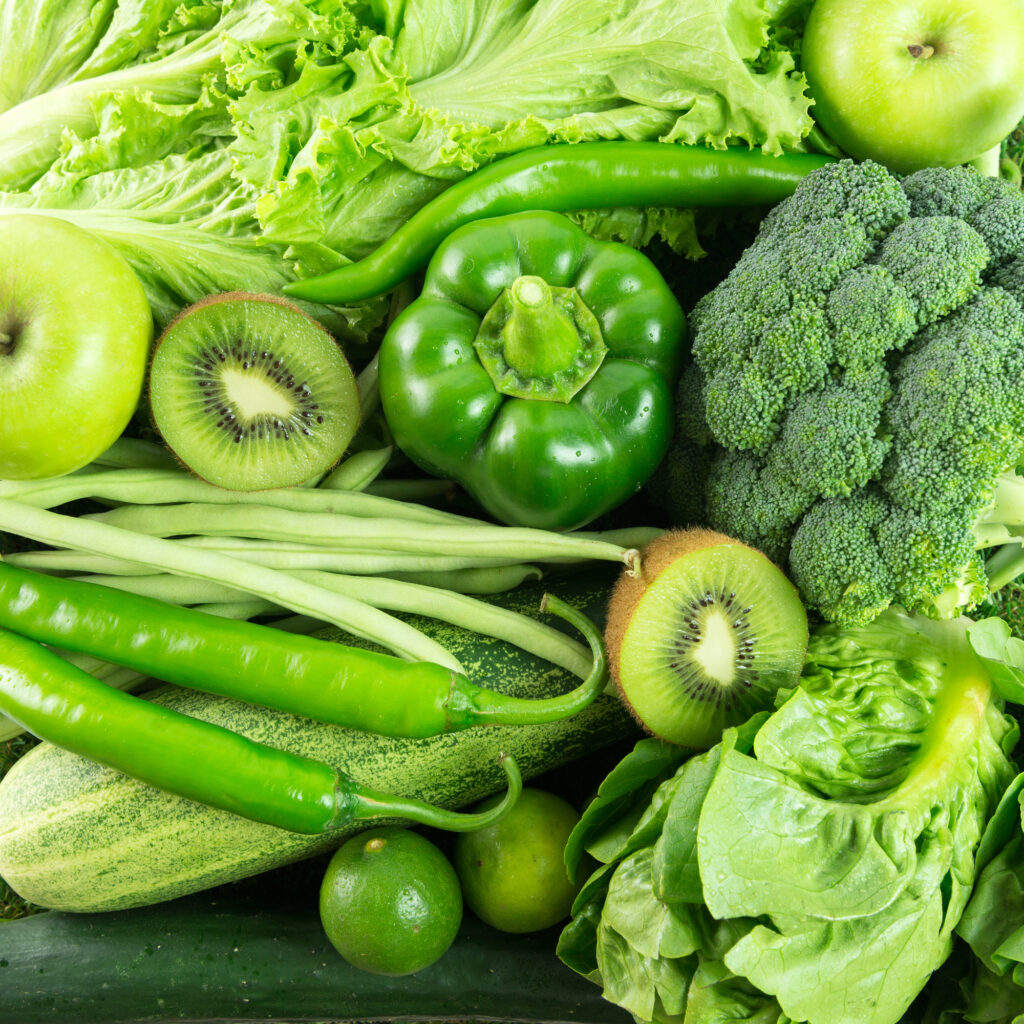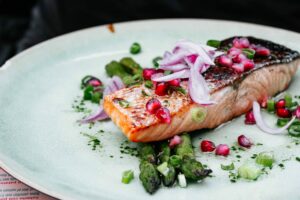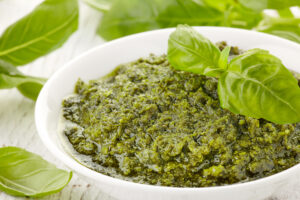9 Special Diets
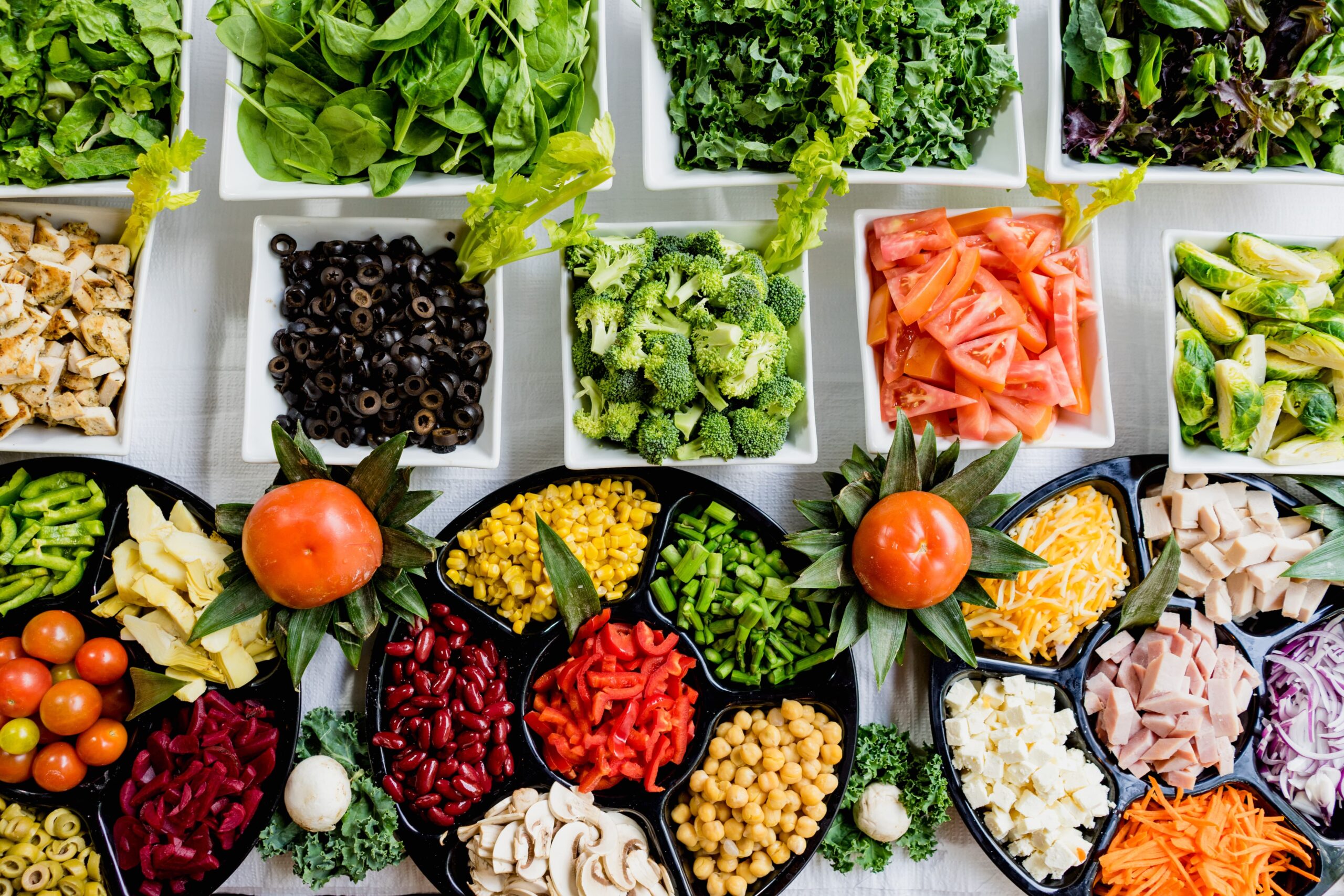
Are you curious about the special diets people follow these days? . Maybe you’re considering trying one out for yourself but don’t know where to start. Well, you’ve come to the right place! In this article, we’ll be exploring 9 of the most popular special diets around.
The Healthiest Special Diets
The healthiest special diets include, the Mediterranean, Anti-inflammatory, Gluten Free, Rainbow and Plant-Based Diet.
Mediterranean Diet

The Mediterranean Diet is a popular diet that is inspired by the traditional eating habits of people living in countries surrounding the Mediterranean Sea. It is a plant-based diet that emphasizes whole, unprocessed foods like fruits, vegetables, whole grains, legumes, and healthy fats like olive oil, nuts, and seeds. The Mediterranean diet is also known for its moderate fish, poultry, and dairy consumption, while red meat is limited. This diet is rich in fiber, antioxidants, and healthy nutrients, making it a well-rounded diet for maintaining good health.
Studies have shown that the Mediterranean diet may have numerous health benefits, including reducing the risk of heart disease, stroke, and type 2 diabetes. A 2013 study published in the New England Journal of Medicine found that following a Mediterranean diet reduced the risk of heart attack, stroke, and death from cardiovascular disease by 30% in high-risk individuals.
The Mediterranean diet is also associated with a lower risk of cancer, Alzheimer’s disease, and Parkinson’s disease. It has also improved cognitive function, reduced inflammation, and promoting a healthy weight.
Mediterranean Diet Recipes


Anti-inflammatory Diet

The Anti-inflammatory Diet is gaining popularity as more and more people become aware of the connection between chronic inflammation and the risk of developing chronic diseases such as heart disease, diabetes, and cancer. This diet is focused on consuming foods that can help reduce inflammation in the body and avoid those that can trigger it.
The Anti-inflammatory Diet emphasizes whole, nutrient-dense foods like fruits, vegetables, whole grains, and healthy fats. These foods are rich in antioxidants, vitamins, minerals, and other nutrients that can help to protect the body from damage caused by free radicals and inflammation. In contrast, processed foods, refined sugars, and unhealthy fats like trans fats are avoided as they can contribute to inflammation.
The diet also encourages consuming foods high in omega-3 fatty acids, which have been shown to have anti-inflammatory properties. These include fatty fish like salmon, sardines, mackerel, nuts, and seeds like walnuts and flaxseed.
In addition to reducing inflammation, the Anti-inflammatory Diet may also help to improve overall health by supporting a healthy gut microbiome. This is because many foods emphasized in the diet, such as fruits, vegetables, and whole grains, are high in fiber and prebiotics, which feed the healthy bacteria in the gut.
Anti Inflammatory Diet
Plant-Based Diet

The Plant-Based Diet is a way of eating that emphasizes consuming foods from plants, including fruits, vegetables, whole grains, legumes, nuts, and seeds. The focus of this diet is on eating foods that are minimally processed and high in nutrients while reducing or eliminating animal products.
Some people follow a fully vegan or vegetarian diet, excluding all animal products, including meat, poultry, fish, dairy, and eggs. Others may follow a flexitarian diet, which is a plant-based diet that includes occasional consumption of animal products.
The benefits of a Plant-Based Diet are numerous, and research has shown that this way of eating can help to reduce the risk of chronic diseases such as heart disease, diabetes, and cancer. Plant-based foods are typically lower in saturated fat and cholesterol, and higher in fiber, vitamins, and minerals, making them a healthy choice for maintaining good health.
In addition to the health benefits, a Plant-Based Diet is also better for the environment, as it requires less water and resources to produce plant-based foods compared to animal products.
While some people may find it difficult to transition to a fully plant-based diet, it is important to remember that any increase in consumption of plant-based foods can have health benefits. Simple changes like adding more fruits and vegetables to meals, choosing whole grains over refined grains, and swapping out animal products for plant-based alternatives can make a big difference in overall health and well-being.
More about plant based diet
Gluten-Free Diet

The Gluten-Free Diet is a way of eating that completely eliminates gluten, a protein found in wheat, barley, and rye. This diet is essential for people with celiac disease, an autoimmune disorder that causes an immune reaction to gluten. Even a small amount of gluten can trigger symptoms such as bloating, diarrhea, and abdominal pain in people with celiac disease.
In addition to celiac disease, some people may also have a non-celiac gluten sensitivity, which means they experience similar symptoms to those with celiac disease, but without the autoimmune reaction. For these individuals, eliminating gluten from their diet may alleviate their symptoms and improve their overall health.
Following a Gluten-Free Diet can be challenging, as gluten is found in many common foods such as bread, pasta, and baked goods. However, there are many gluten-free alternatives available, including gluten-free flours, breads, and pasta. Also, many whole foods are naturally gluten-free, such as fruits, vegetables, meats, and dairy products.
It’s important to note that following a Gluten-Free Diet can also have its drawbacks. Many gluten-free products are highly processed and may not be as nutritious as their gluten-containing counterparts. Some gluten-free products may contain higher amounts of sugar, salt, and fat to improve taste and texture.
Rainbow Diet

The Rainbow Diet is a fun and exciting way to approach healthy eating. This diet emphasizes consuming a variety of colorful fruits and vegetables packed with essential vitamins, minerals, and antioxidants. Each color of fruits and vegetables provides different nutrients that are beneficial to the body, and the goal of this diet is to eat as many different colors as possible.
Red fruits and vegetables, such as tomatoes and strawberries, contain lycopene, an antioxidant that has been linked to a reduced risk of heart disease and certain types of cancer. Like sweet potatoes and cantaloupe, Orange and yellow fruits and vegetables are high in beta-carotene, which is important for eye health and immune function. Read more about the orange food you should be including in your diet. Green leafy vegetables, such as spinach and kale, are rich in folate and vitamin K, which are important for maintaining strong bones and reducing the risk of birth defects.
Including blue and purple fruits and vegetables, such as blueberries and eggplant, in your diet can also provide a variety of benefits. These foods contain anthocyanins, which have been linked to improved memory and reduced risk of heart disease.
The Rainbow Diet encourages people to eat a wide range of colorful fruits and vegetables to ensure that they are getting a variety of nutrients. It’s important to note that the Rainbow Diet does not exclude other food groups, but rather emphasizes the importance of including a variety of fruits and vegetables in your diet.
When planning meals, try to incorporate a variety of colors into your plate. For example, a salad with spinach, strawberries, and blueberries is visually appealing and packed with various vitamins and antioxidants. By including a range of colorful fruits and vegetables in your diet, you can ensure that you are getting a well-rounded and nutritious diet.
Rainbow Diet
Weight loss Special Diets
The best diets for weight lost are the Ketogenic and the Paleo Diet.
Keto Diet
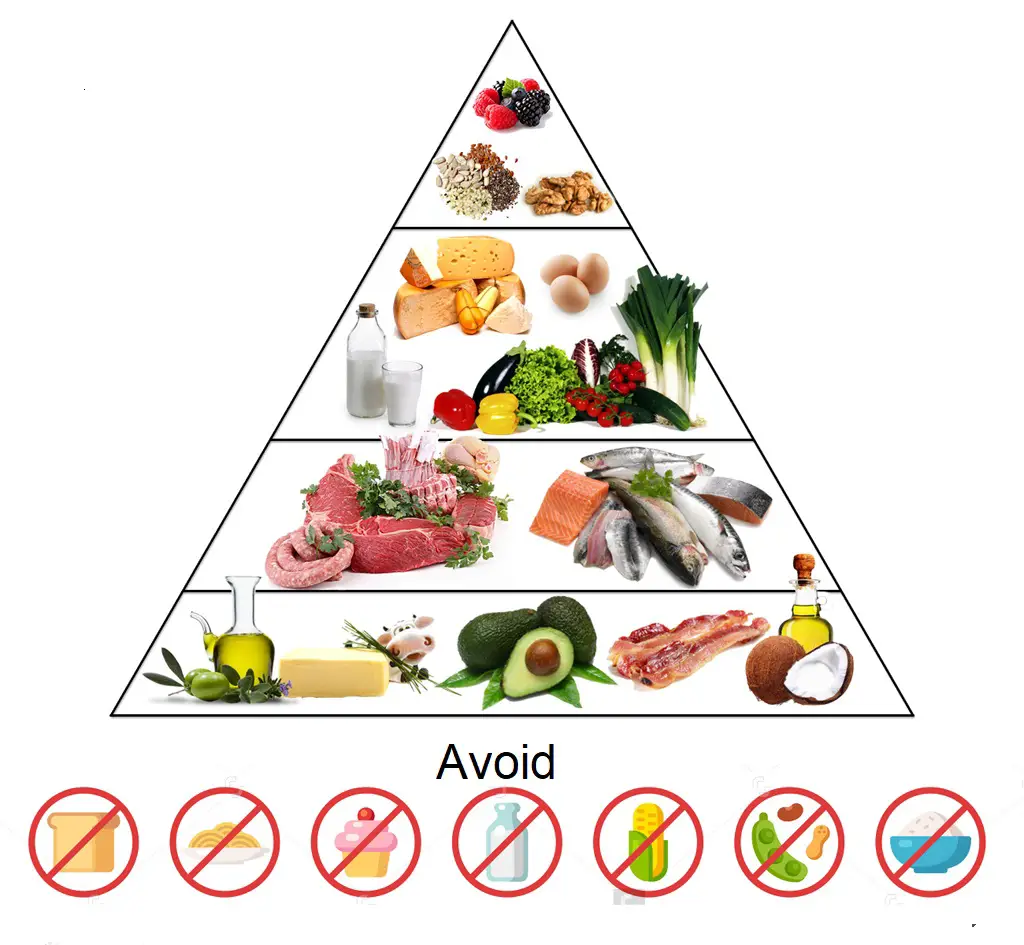
The Keto Diet has been gaining popularity recently as a weight loss method. It’s a high-fat, low-carb diet that puts the body into a state of ketosis, burning fat for fuel instead of carbohydrates. The theory behind the diet is that by drastically reducing carbohydrates and increasing fats, the body will use ketones as a primary energy source, resulting in weight loss.
While the Keto Diet has been proven to be effective for weight loss, it can be challenging to follow long-term. The diet requires significantly reduced carbohydrates, which can be difficult for some people to maintain. Additionally, the high-fat content of the diet can be a concern for those with certain health conditions, such as heart disease.
However, proponents of the Keto Diet argue that it can have other health benefits beyond weight loss. Some studies have shown that the diet may improve insulin sensitivity and blood sugar control in people with type 2 diabetes. It may also positively affect certain neurological conditions, such as epilepsy.
It’s important to note that the Keto Diet is not appropriate for everyone and should be approached with caution. Those with certain health conditions, such as liver or kidney disease, should avoid the diet altogether. Before starting any new diet, it’s important to consult with a healthcare professional to determine if it’s right for you.
If you’re interested in trying the Keto Diet, many resources are available to help you get started. Look for recipes and meal plans that are high in healthy fats and low in carbohydrates. Check my keto meal plan where you can find 3 days with recipes. It’s also important to stay hydrated and supplement with electrolytes to avoid the «Keto flu» that some people experience during the initial stages of the diet.
How To Start The Keto Diet: 6 Steps For Beginners
If you are starting the keto diet, it would be a good idea to get a Keto Journal where you can track Macros, Exercise & Meal
Keto Recipes
Paleo Diet

The Paleo Diet is based on the belief that humans are healthiest when they eat a diet similar to that of their Paleolithic ancestors. This means that the diet focuses on whole, nutrient-dense foods like meat, fish, fruits, and vegetables while avoiding processed foods, grains, and dairy.
Proponents of the Paleo Diet argue that the human body has not evolved to handle the modern Western diet, which is high in processed foods, refined sugars, and grains. They argue that our Paleolithic ancestors were healthier because they ate a diet high in protein, healthy fats, and fiber and low in carbohydrates.
While the Paleo Diet is similar to the Keto Diet, it is not a low-carb diet. Instead, it emphasizes whole foods and encourages the consumption of carbohydrates from fruits and vegetables. However, it excludes grains, legumes, and dairy, making it challenging to follow.
Some studies have shown that the Paleo Diet may have health benefits beyond weight loss. For example, it may improve blood sugar control and reduce inflammation. But more research is needed to understand the potential benefits and risks of the diet fully.
As with any diet, it’s important to approach the Paleo Diet with caution and to consult with a healthcare professional before making any significant changes to your diet. If you’re interested in trying the Paleo Diet, many resources are available to help you get started, including recipes and meal plans.
Paleo Recipes
Low-Carb Diet
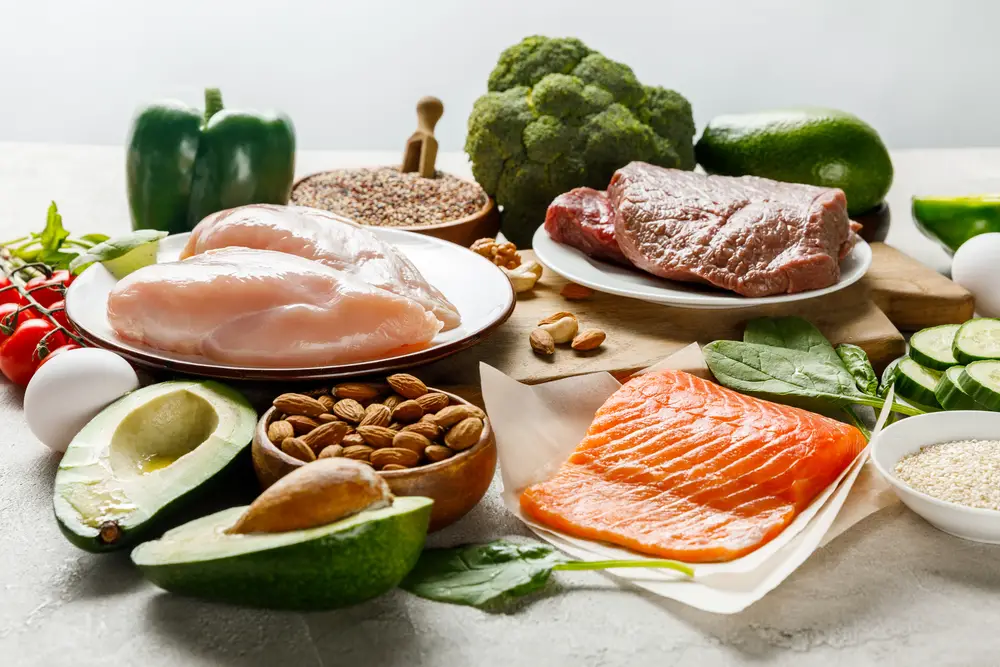
A low-carb diet is one that restricts carbohydrates and is often used for weight loss or to manage conditions such as diabetes. This diet involves reducing your intake of foods high in carbohydrates, like bread, pasta, and sweets, while focusing on foods that are higher in protein and healthy fats.
While some people may find it difficult to reduce their carbohydrate intake, this diet can have a number of benefits, including weight loss, improved blood sugar control, and reduced risk of certain chronic diseases. Plus, there are many delicious low-carb options available, such as cauliflower rice, zucchini noodles, and lettuce wraps.
Also, studies have shown that low-carb diets can be effective for reducing inflammation, which is associated with a number of health conditions, including heart disease, arthritis, and cancer. One reason for this may be that a low-carb diet reduces the production of insulin, a hormone that can cause inflammation in the body.
Furthermore, low-carb diets may help to reduce cravings for sugary and processed foods, which can make it easier to maintain a healthy diet in the long term. However, it is important to note that not all low-carb diets are created equal, and some may be too restrictive or lacking in important nutrients.
Low Carb Recipes
Final Words
So there you have it, 9 common special diets! . Whether you’re looking to improve your health or manage a specific health condition, there’s sure to be a diet on this list that will work for you. Just remember, it’s always a good idea to talk to your doctor or a registered dietitian before making any major changes to your diet.

Me encanta cocinar y escribir, tengo un Certificado de Nutrición de Inicio y un diploma de Nutrición Completa acreditado por CTAA y una Certificación de Entrenador de Salud de Nutrición Keto. Creo firmemente que comer sano es la clave para vivir una mejor calidad de vida. He tomado un curso de Terapia Nutricional que me ha dado las bases para comer saludablemente.


